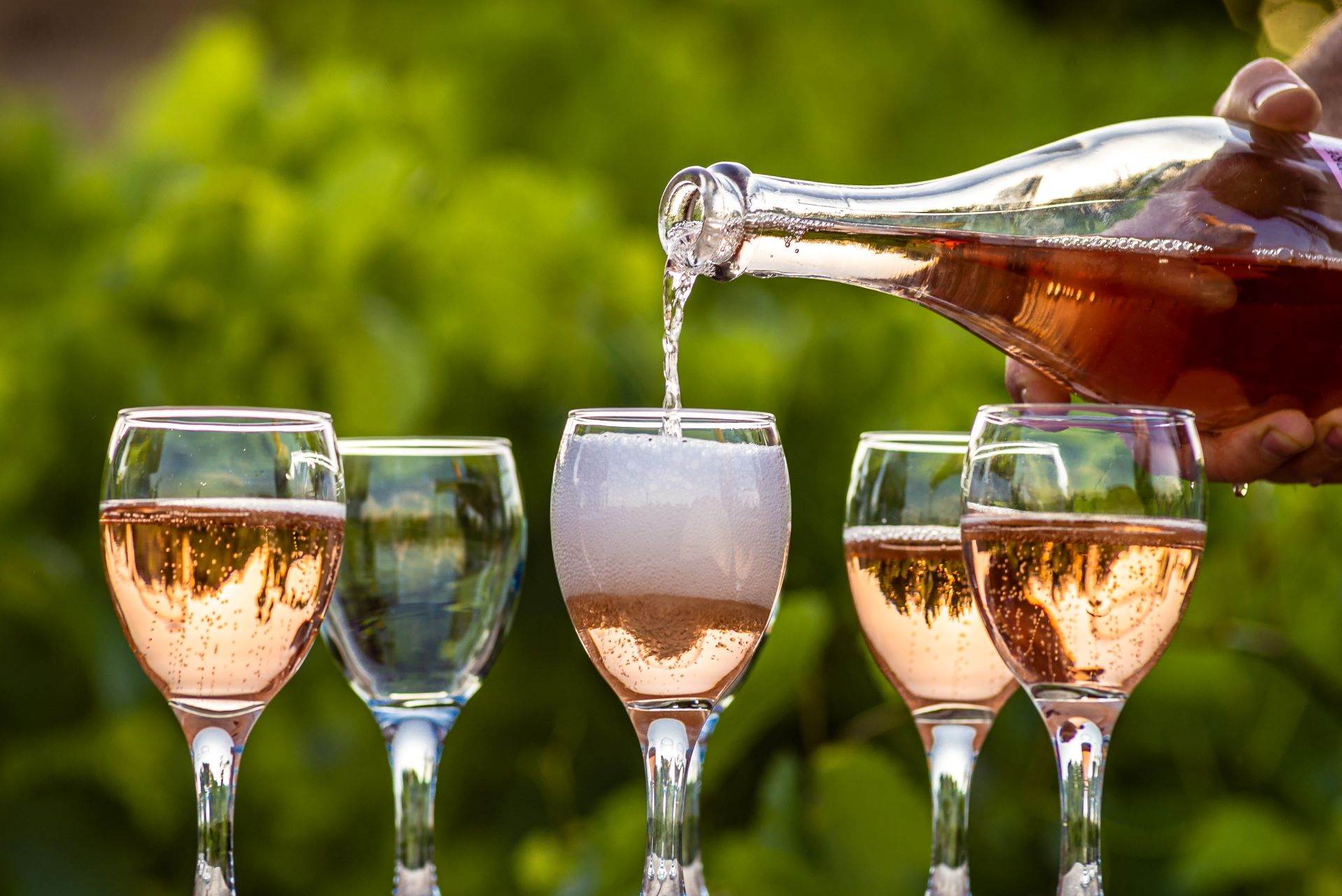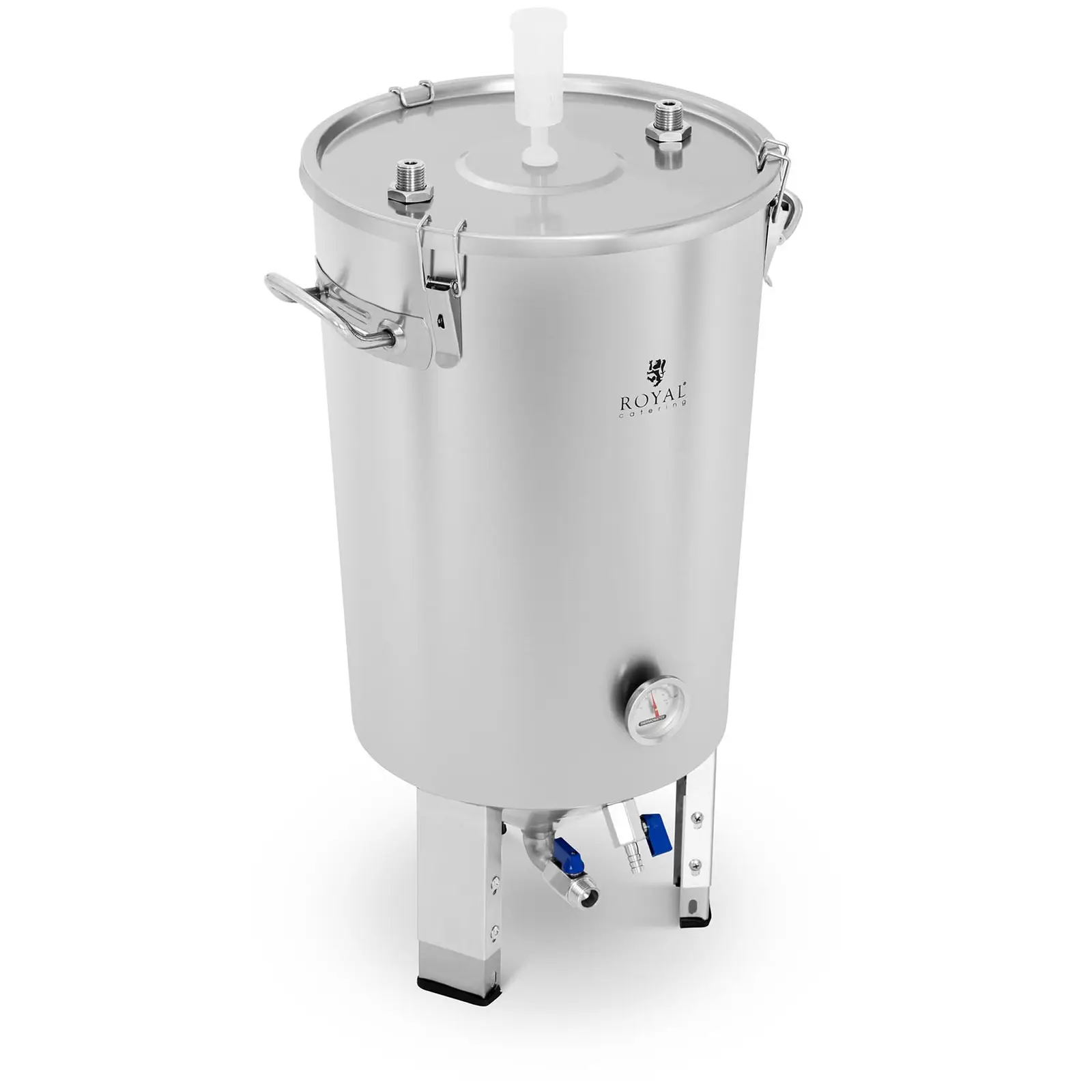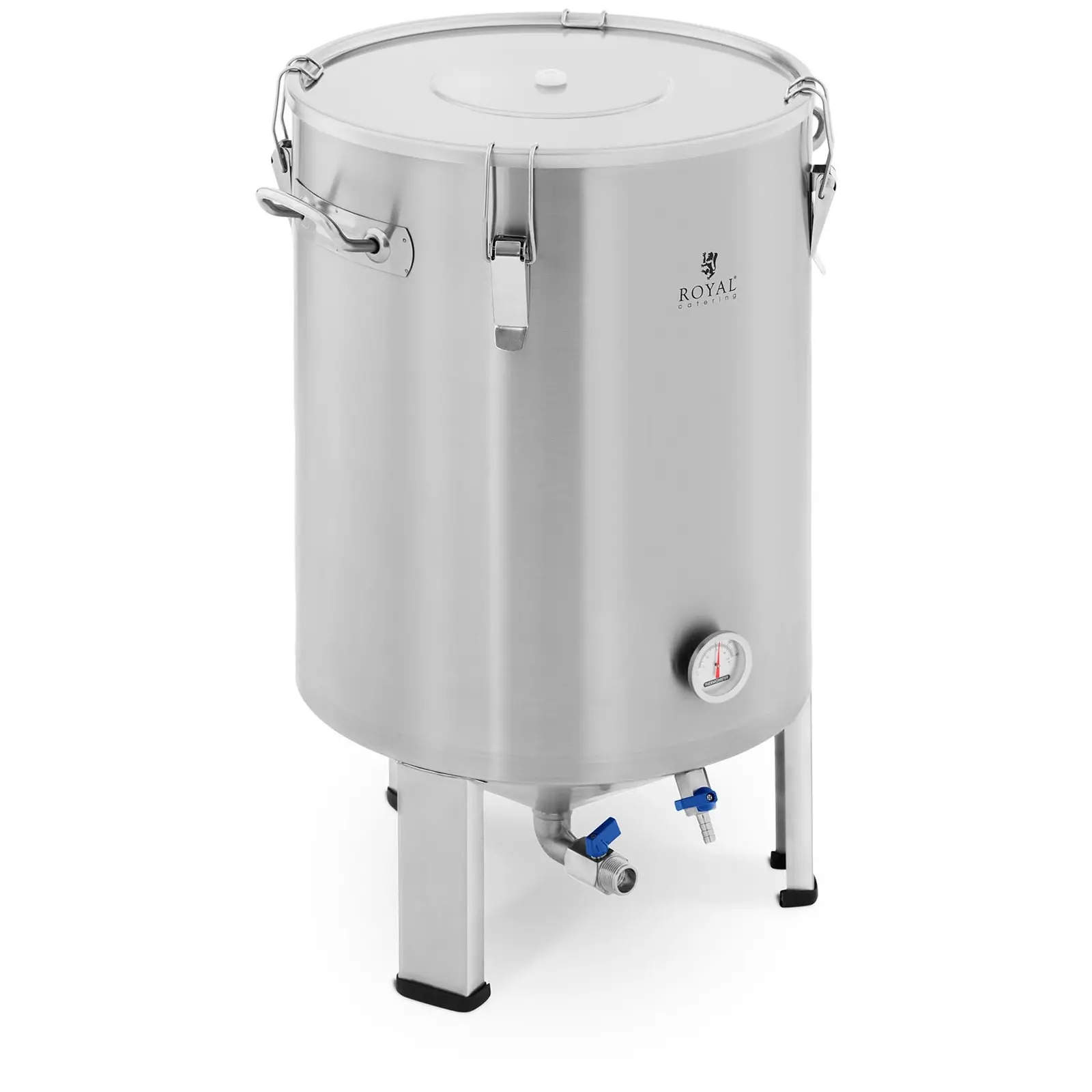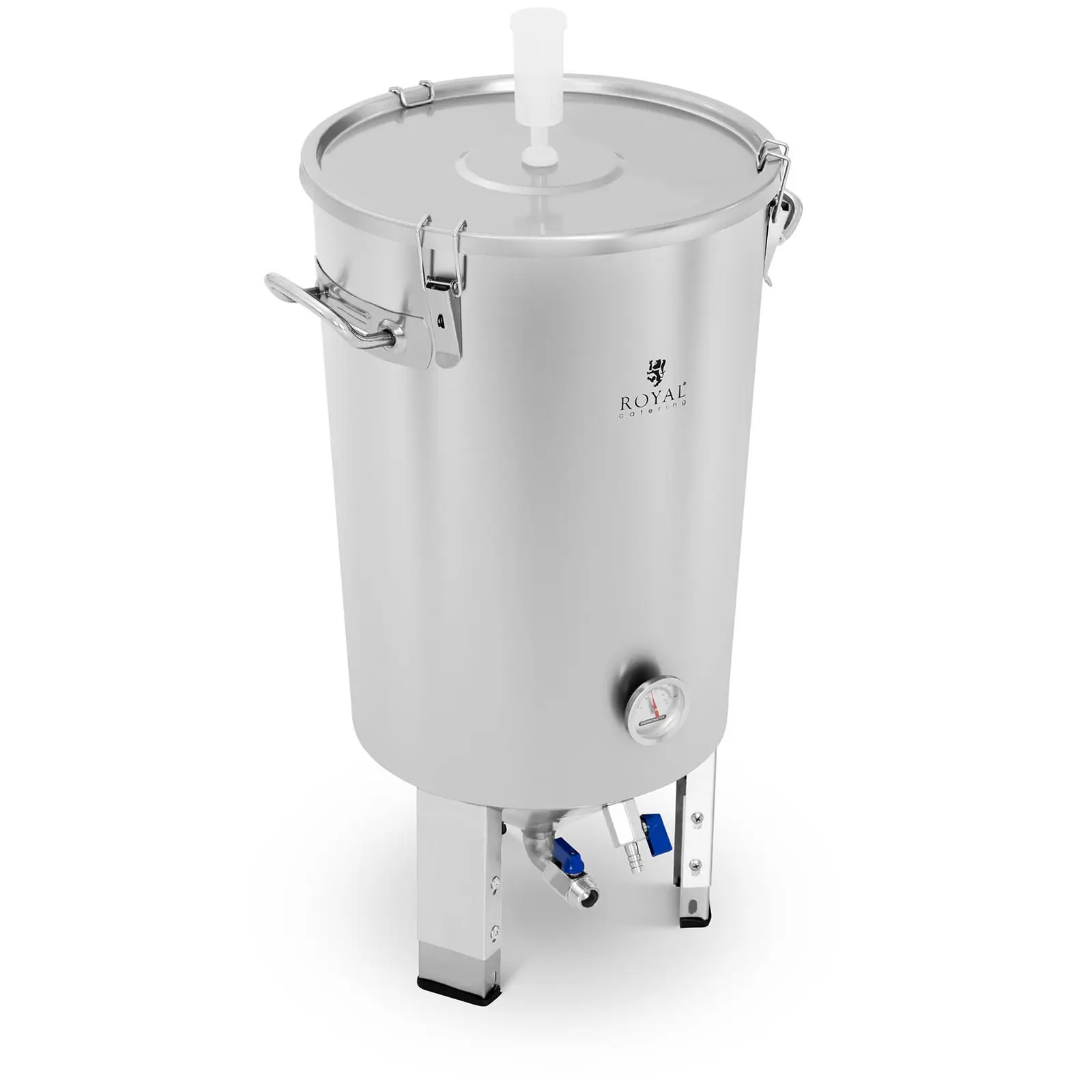Sparkling wine, also known as champagne, is a symbol of celebration and elegance that is enjoyed all over the world. However, not everyone knows that sparkling wine can be prepared in the comfort of your own home, adding a bit of luxury to your life. In this article, we will show you how to create your own carbonated wine step by step and discuss the processes responsible for creating bubbles.

Sparkling wine, also known as champagne, is a symbol of celebration and elegance that is enjoyed all over the world. However, not everyone knows that sparkling wine can be prepared in the comfort of your own home, adding a bit of luxury to your life. In this article, we will show you how to create your own carbonated wine step by step and discuss the processes responsible for creating bubbles.
What is sparkling wine?
Sparkling wines are characterized by the presence of carbon dioxide bubbles, which arise naturally from fermentation or are added artificially before bottling. Although the most famous sparkling wine, Champagne, comes from the Champagne region of France, many countries produce their own variants such as Prosecco in Italy, Cava in Spain and Sekt in Germany.
The production process of sparkling wine differs from traditional still wines mainly due to the second fermentation, which takes place in a bottle or tank, leading to the natural carbonation of the wine. This second fermentation is the key step that gives sparkling wine its characteristic bubbles and complex flavor.
In addition, there is the Charmat method, in which the second fermentation takes place in large, closed pressure tanks, which is faster and less expensive than the traditional method. Wines produced using this method are usually lighter and have a less distinct bouquet compared to wines produced using the traditional method.
The variety of sparkling wines, from sweet to dry variants, allows it to be adapted to different tastes and dishes, which makes it an exceptionally universal and valued drink all over the world.
How are bubbles formed in wine?
Homemade wine is often carbonated, which may be the result of both intentional and accidental fermentation processes. The main factor influencing the carbonation of wine is fermentation, during which yeast converts the sugars contained in the fruit into alcohol and carbon dioxide (CO2). In a home winery, control over this process may be less precise than in professional wineries, which leads to differences in the level of wine carbonation.
During the first fermentation, most of the CO2 is released into the atmosphere, but if the wine is bottled before fermentation is completely completed, or if additional sugars are added before the bottle is closed, the yeast can continue fermentation, producing more CO2, which becomes trapped in the bottle, leading to natural gassing.
Additionally, wine storage temperatures have a significant impact on yeast activity and fermentation rates. Higher temperatures can speed up fermentation, while lower temperatures can slow it down but do not stop it completely, which can also contribute to off-gassing in closed bottles.
Unintentional carbonation may also be the result of incomplete removal of yeast or other microorganisms prior to bottling. These microorganisms can continue to process sugars in closed bottles, which also leads to CO2 production.
Understanding these processes is crucial to achieving the desired results in home-made carbonated wine, and allows wine enthusiasts to consciously manipulate the level of carbonation in their wines, creating drinks with desired flavor and textural characteristics.
How to make sparkling wine? – ingredients and equipment
Here’s an overview of the essential wine-making equipment and ingredients that will allow you to enjoy your own sparkling wine.
Ingredients for 5 liters of ready-made sparkling wine
Fruit: About 7-8 kg of ripe grapes or other fruit such as apples or blackcurrants, which translates into about 1.5 kg of fruit per liter of finished wine.
Sugar: About 1-1.2 kg of sugar. Sugar is necessary not only to obtain the desired alcohol level in wine but also for the second fermentation process, which is crucial for the formation of bubbles.
Wine yeast: About 5 grams of special wine yeast that is adapted to the fermentation of sparkling wine. Choosing the right yeast will affect the taste and quality of the final product.
Yeast nutrient: About 1-2 grams, nutrient helps keep the yeast active during fermentation.
Potassium sulfate (optional): About 1 gram, used for sterilization and as a preservative to prevent the growth of unwanted microorganisms.
Equipment for the production of carbonated wine
Fermenter: A large container that will hold a minimum of 6–7 liters to provide enough space for the fruit mixture and space for the gas released.
Sparkling wine bottles: Suitable bottles that can withstand the pressure of the second fermentation. For 5 liters of wine you will need about 6-7 bottles of 750 ml each.
Caps and corks: To protect bottles during and after fermentation.
Hydrometer: To measure the density of a liquid, allowing you to monitor the progress of fermentation.
Fermentation tube: To release CO2 from the fermenter during the first fermentation.
A step-by-step look at sparkling wine production
Producing sparkling wine requires patience, precision, and an understanding of key stages of the process. Here’s a recipe for sparkling wine that you can create from scratch:
Step 1: Preparation of ingredients
- Fruit selection: Start by choosing good quality fruit. The fruit should be ripe but not overripe, without mold or visible damage.
- Washing and crushing fruit: Wash the fruit thoroughly and then crush it to release the juice. You can use a wine press or do it by hand.
Step 2: Primary fermentation
- Adding yeast: After placing the fruit in the fermenter, add special wine yeast. Be sure to add yeast nutrients to help it work.
- Fermentation: Allow the mixture to ferment at a controlled temperature (usually 18 to 25 degrees C). Fermentation should last from one to two weeks. Use a fermentation tube to allow carbon dioxide to escape from the fermenter while preventing air from entering.
Step 3: Preparing the wine for the second fermentation
- Decanting: Once primary fermentation is complete, strain the liquid, removing any remaining fruit and yeast. Pour the clear wine into a new, clean tank.
- Adding sugar: If you use the traditional method, add the appropriate amount of sugar to the wine, which will be “food” for the yeast in the second fermentation.
Step 4: Second fermentation
- Bottling: Pour the wine into strong, suitable bottles and add a little more yeast if necessary. Close the bottles with caps.
- Bottle fermentation: Store bottles in a cool place for several months. During this time, the yeast will convert the added sugar into alcohol and CO2, which will carbonate the wine.
Step 5: Maturation and degassing
- Aging: Sparkling wine tastes best after proper aging, which can last from several months to several years.
- Degassing: In case you want to remove excess CO2, you can gently open the bottle to release some of the gas and then close it again.
Step 6: Clarification
- Clarification: Before final consumption, the wine may require clarification to remove the remaining yeast and sediments.
- Cork and cage: Once the wine is ready, replace the caps with corks secured with wired cages (muselet) to prevent them from accidentally popping.
Once the wine has reached the desired level of maturation, it is time to serve it. Sparkling wine tastes best when chilled to the appropriate temperature, usually between 6 and 10 degrees Celsius. When serving, carefully open the bottle and pour the wine into glasses, preferably flutes, to preserve the bubbles and aroma.
Now, the moment you’ve been waiting for! Raise a glass to your very own sparkling wine. Enjoy its unique character – a testament to your hard work and patience.










Share